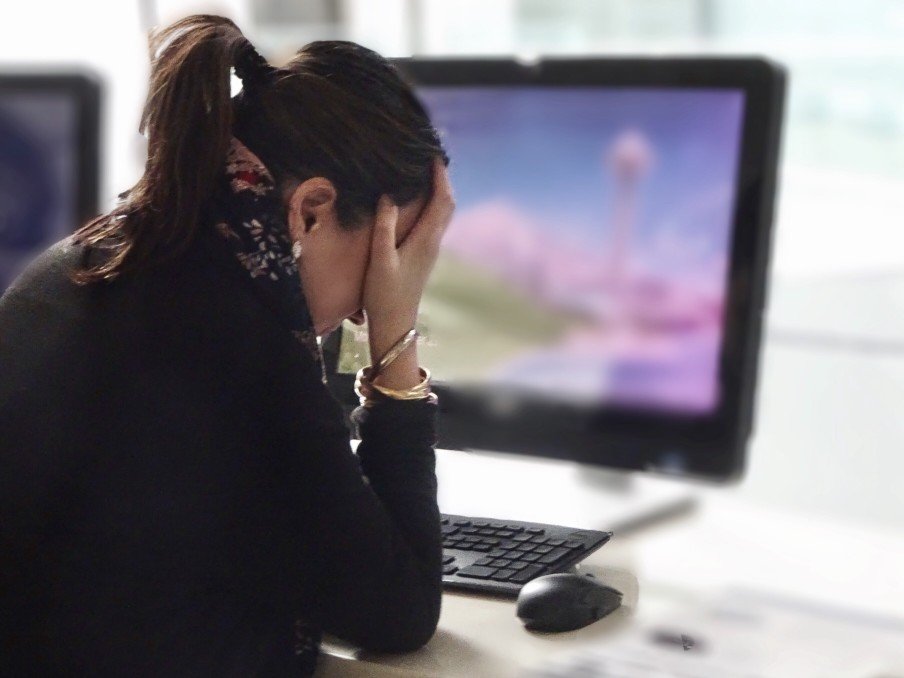
At the beginning of the pandemic, COVID-19’s unequal impacts on American society showed up as higher severe illness and death rates among racial minorities or loss of savings among lower-income Americans. Now, however, we’re beginning to see how other groups are being affected, particularly women who are disproportionately leaving the workforce to pick up the additional burdens associated with childcare and remote education.
According to a recent study, when schools closed and learning went online, women disproportionately picked up slack and frequently did so by quitting their jobs. In September 2020, almost 900,000 women left the workforce, compared to around 200,000 men. Overall, the number of women leaving the workforce in that month was greater than the number of both sexes that joined it. Families faced with tough choices may be trading family income for lower childcare costs. Getting women back into the workforce will require reopening schools and, to some degree, rebuilding child care infrastructure that has been damaged by the crisis. The report authors suggest the sudden withdrawal from work by women may also reduce wage growth and career opportunities even after the pandemic passes.

So, what needs to be done
now? First, we need to recognize that the recent spike in coronavirus
infections will result in economic shutdowns as states and localities struggle
to contain infections and protect their health systems. This will require
extending programs that protect businesses and workers dealing with renewed
layoffs and school closures. These supports will be critical to ensuring as
many as possible have jobs to return to once the pandemic passes.
As vaccine-driven immunity to COVID-19 improves and the economy revives, the next need will be to connect workers to the resources they need to get back into an economy where skill demands will have shifted. In July, AEI’s Vocation, Career, and Work team released “A road map to reemployment in the COVID-19 economy: Empowering workers, employers, and states,” which lays out a strategy for helping workers navigate the post-COVID economy. A key recommendation is to give workers access to Personal Reemployment Accounts that could be used for job training and supportive services, including child care, to help ease the transition back to work. This will be particularly important for women — who dominate the service sector jobs that are likely to be the last to return — if they return at all.
Women’s labor force participation has been crucial to American economic growth not just in the recent past but for more than a half a century. As we move into what looks like the final phase of the pandemic, we need to ensure these workers and their families have the resources they need to thrive now as well as the support they will require to get back to work once COVID-19 passes.
The post Helping moms get back to work appeared first on American Enterprise Institute – AEI.
